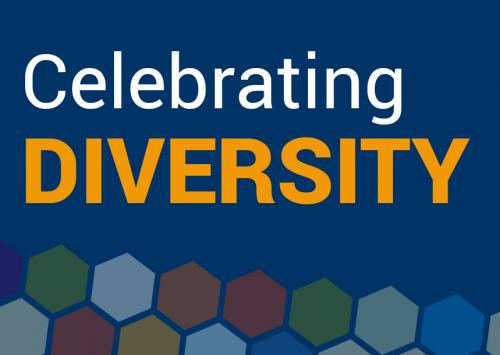
Blog
You Belong at Duke: "Finding Community at Duke" Spotlight

Before participating in the Emerging Leaders Institute (ELI) program at Duke, we were asked to interview stakeholders across the university to get a sense of important areas they identified for improvement. Through our interviews we discovered several themes, with many comments focused on diversity and inclusion. For example, one interviewee said:
“Given the current political climate and disheartening events that have occurred on university campuses across the U.S. this past year, I believe Duke graduate students and postdocs are highly aware of and sensitive to issues of inclusion and diversity on Duke’s campus. I have noticed there is a new dialogue emerging on campus, but I do worry, with so many international students attending the university, that some still feel marginalized or discriminated against while living in the U.S.” —graduate student, Global Health
Across our interdisciplinary ELI team, we uncovered similar feedback from many of our stakeholder interviews. In addition, after compiling the interview feedback from all 20 participants in the ELI program, which included comments from students, postdocs, faculty, and administrators across campus, we found that many remarks dealt with either academic or social issues. We felt that having a sense of community, however, fell into both categories. These results guided us to think about how we could improve diversity and inclusion among graduate students and postdocs across the campus. After brainstorming within our team, we set a goal of creating a way to showcase the many talents and backgrounds that comprise these groups—including race, ethnicity, national origin, military service, and sexual orientation, just to name a few—and foster connectedness throughout Duke.
From our formative work, we found a clear commitment across campus to support diversity and inclusion; nearly every department at Duke has a website dedicated to the topic, describing their commitment to recruit underrepresented minorities, provide support through mentoring, and offer recognition through awards and scholarships. Duke also has an Office for Institutional Equity which provides training and workshops related to diversity, equity, and inclusion.
However, one thing that was desired was a clear focus on connecting and engaging students and postdocs upon arriving at Duke, particularly regarding life outside the classroom. While we noticed that resources existed for underrepresented students, students would need to seek them out; instead, we wanted to create something that students would not have to go looking for. One idea that came close to our goal was a series of videos created by The Graduate School featuring diverse students sharing a personal experience of when they knew Duke was the place for them, called “I Knew I Belonged at Duke when…”
Thus, we came up with the idea for a “Finding Community at Duke” Spotlight much like the Alumni Profiles Series that The Graduate School sends out in the professional development e-newsletter. We found examples from universities across the country doing something similar and used them as a guide to build an interview script, which we piloted. We designed questions to capture their perspectives on diversity at Duke, things they would like to change, and organizations they are involved in with the goal of highlighting opportunities and creating awareness among all grad students and postdocs.
After designing the interview questions, we piloted the script on a few individuals. Based on results we edited the script and sent the interview to more stakeholders. To date, we have collected seven interviews, two of which include individuals who would like to be featured in the “Finding Community at Duke” Spotlight. We have learned that it is challenging to find individuals who are willing to be interviewed and have their stories published publicly. While we are eager to generate deeper conversations about inclusion, we also respect our participants’ privacy. We also created instructions on how to conduct these interviews and edit responses to allow opportunities for others to continue working on this project to celebrate diversity and inclusion across campus.
To find a place to post the spotlights, we talked with Melissa Bostrom from The Graduate School and Molly Starback from Postdoctoral Services and found platforms (i.e., the professional development e-newsletter and Postdoc Services email blasts) to share the interviewees’ stories. You can also read the full-length versions of our spotlights on Aili and Marcos. We hope these will play a role as a starting point to link people from different disciplines.
Through completing this project, our team has learned several lessons. We already knew just from looking around at organizations and students at Duke that diversity is certainly present. However, active conversations about diversity and issues related to integrating diversity are scarce. Moreover, initiating this conversation is difficult, especially beyond a surface-level interaction. Many have developed what one of our participants called a “subtle complacency” regarding diversity and inclusion; thus, stirring up a conversation about identifying ways to promote intercultural community can be difficult. This issue extends beyond Duke and beyond graduate students and postdocs. It is ultimately a societal problem. Nevertheless, we, as Duke students and postdocs, can still address diversity and influence others to do the same. If we want to see this change, why can’t we be the ones to instigate it?
There are several opportunities to learn more about diversity initiatives at Duke. Virtually all departments have some sort of diversity or inclusion office with seminars or events promoting a more inclusive community at Duke. Additionally, although not necessarily specific to our audience of graduates and postdocs, there are multiple organizations on campus that celebrate diversity in a variety of ways.
Our experiences throughout this project, including conducting stakeholder and spotlight interviews, taught us that the best way to promote inclusion is to start talking with people from all backgrounds about their experiences at Duke. As one participant said it best:
“If students feel like there is no place on campus that offers a safe space, I would advise them to not be afraid to create that space because there are others who most likely feel the same way.”
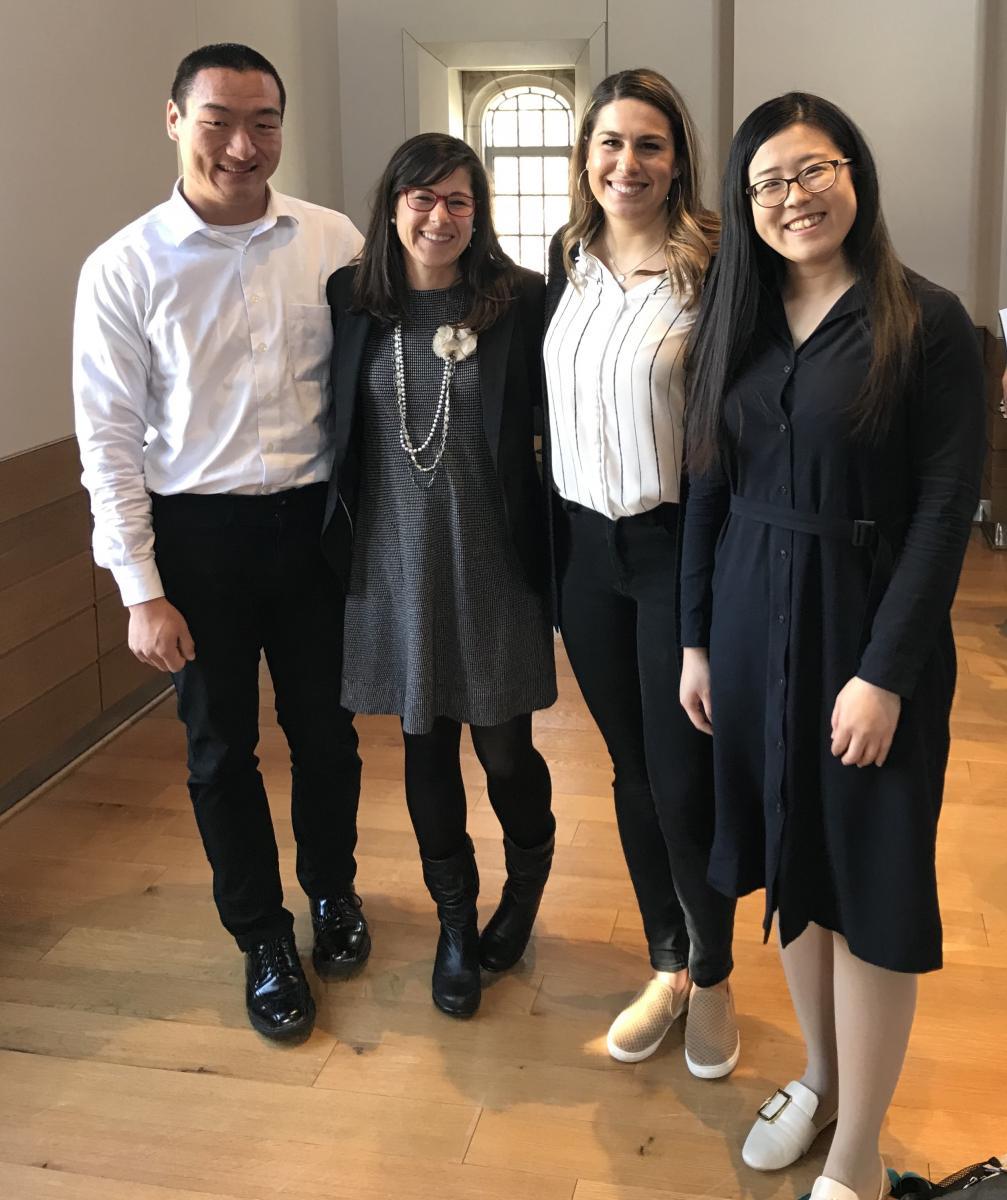
Author
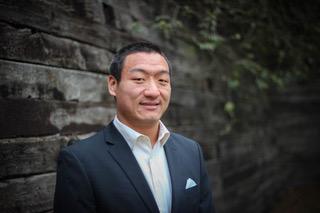
Nicholas Rogers
Ph.D. student, Civil and Environmental Engineering
Nicholas Rogers is a Ph.D. student in the civil and environmental engineering department at Duke. His research focuses on understanding fungal pathogenicity and utilizing methods in surface chemistry to abate virulence towards plants.
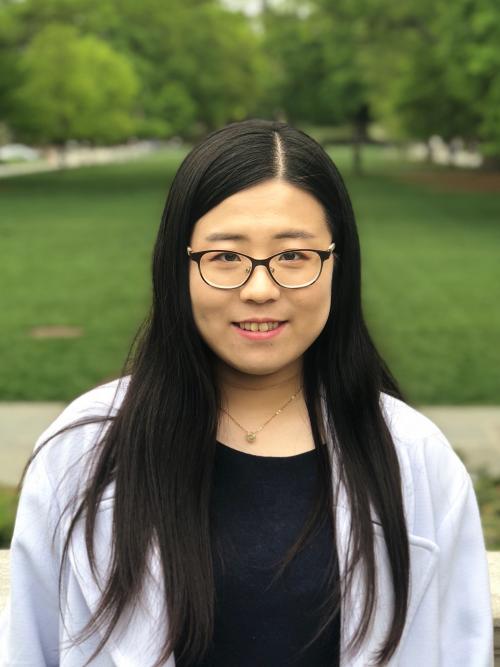
Yingxuan Chen
Ph.D. student, Medical Physics
Yingxuan Chen is a Ph.D student in the Medical Physics Graduate Program. She is working at the Radiation Oncology Physics Department in the Duke University Medical Center. Her research focus on image quality improvement of Cone-beam Computed Tomography (CBCT) for image guided radiation therapy.

Elena Ghanaim, M.S.
Recent graduate, Bioethics and Science Policy
Elena Ghanaim is a Master’s candidate in Bioethics and Science Policy at Duke University. She currently studies the ethical, legal, and social implications of developing genetic diagnostic tests and technologies.
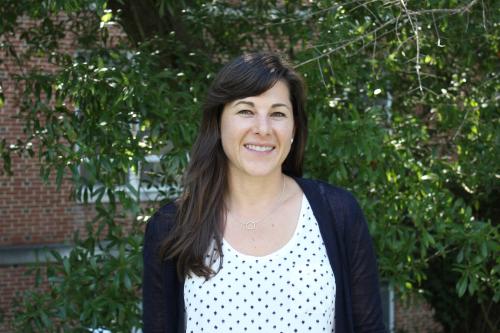
Melissa Kay, Ph.D.
Postdoctoral associate, Nutrition
Melissa Kay is a Postdoctoral associate at the Duke Center for Childhood Obesity Research and at the Duke Global Digital Health Science Center. Her research focuses on the implementation and dissemination of innovative digital health interventions to prevent early life obesity prevention. She is also a Registered Dietitian.